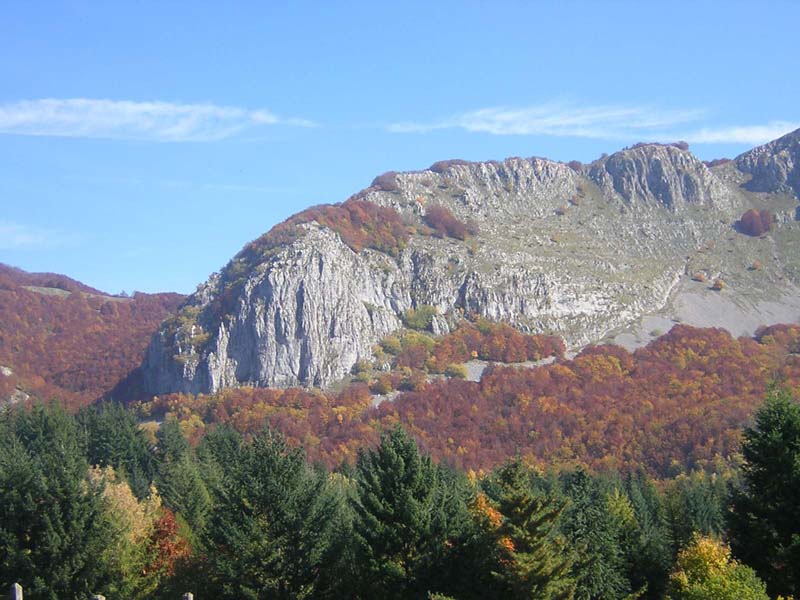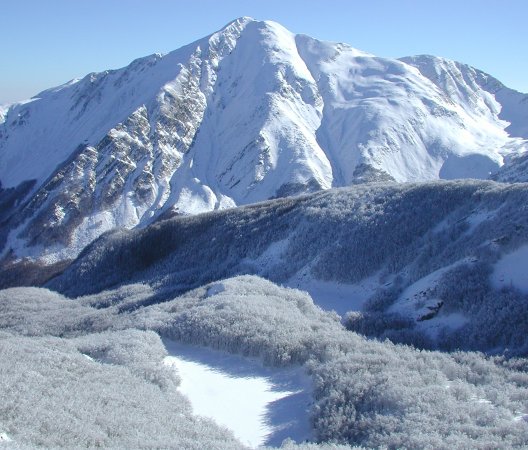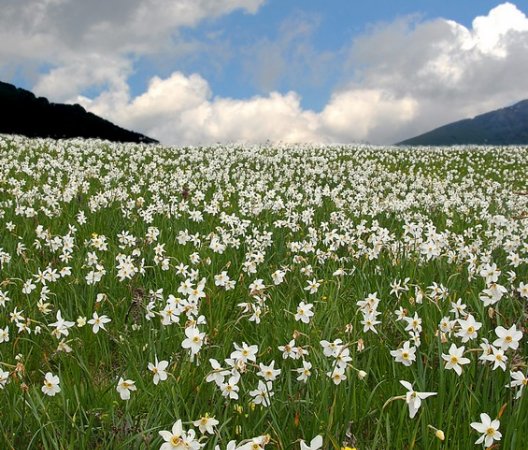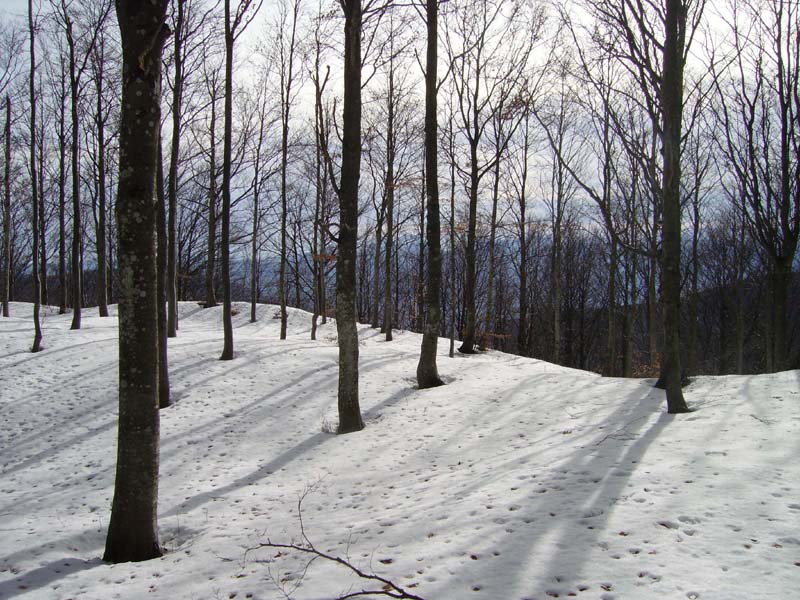Two regions, two climates
The Park is centrally located between the two regions of Tuscany and Emila-Romagna, which each have distinct climatory patterns. The Tuscan side of the Park enjoys a more temperate Mediterranean climate year-round as it is closer to the sea. The Emilia-Romagna side is nestled in the Apennine Mountains and generally boasts cooler temperatures due to its alpine climate. Check out each season to see what to expect!
What to expect

Summer
The Park offers exciting outdoor activities, events, and festivals throughout the summer. You can find sporting events, wine and gastronomy tastings, concerts and historical ceremonies that give you an authentic taste of our local culture.
If you are interested in participating in outdoor recreational activities, summer is an ideal time to visit the Park. The sprawling mountains have lush vegetation, intricate trail systems, and picturesque summits that are perfect for an afternoon picnic. Many of the mountain trails offer refuges at the top of the peaks. Some of the refuges are open to the public and trekkers are welcome to stay there for free, while other refuges require advanced reservations and are available to rent. There are many other activities if hiking mountains doesn't interest you. Additional activities include local wine and food tasting, shopping, biking, walking, fishing, canyoning, rock climbing, or horseback riding.

Fall
Leaf peepers welcome! Visiting the Park in autumn is worth the trip as you will be surrounded by the natural beauty of the changing foliage. During this time the mountains are blanketed with a burst of vibrant colors. You will see several shades of orange, red and yellow as you explore the Park's bucolic villages. The fall is when the woodlands flourish with products such as mushrooms, chestnuts and truffles, many of which are incoporated into local restaurant menus.

Winter
Winter in the Tuscan-Emilian Apennine National Park varies depending on which region you are visiting. When in the Emilia-Romagna region, the land is lightly dusted with sparkling white snow, while the Tuscan region is cool but typically does not have snow. When traveling to the Park during the winter months it is important to pack a warm winter jacket, hat and mittens.
The Emilia-Romagna region is where snow sports are most popular, as this area has plenty of downhill ski resorts and cross-country skiing trails. With many trails through the woods, visitors can enjoy a winter wonderland as they venture into the wilderness on snowshoes, skis, or by foot. Guided snowshoe tours are available upon request.

Spring
Spring offers some of the most dynamic scenic views in the Park. Visitors are able to see the Park's blossoming flowers and greenery with snow-capped mountains providing an idyllic backdrop. Adding to the mesmerizing panoramic views, are the frozen rivers transforming into flowing waterfalls. The weather during this time is perfect for many activities ranging from exploring the Park's intimate villages filled with history and culture or riding through an enchanted valley by bike or on horseback.










